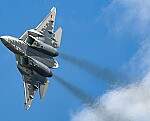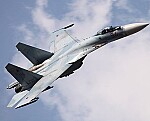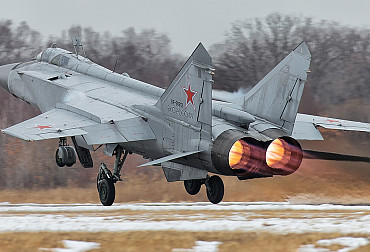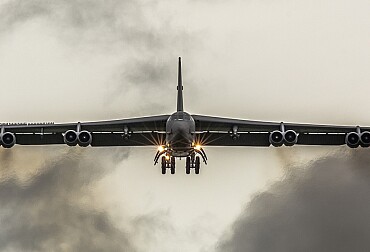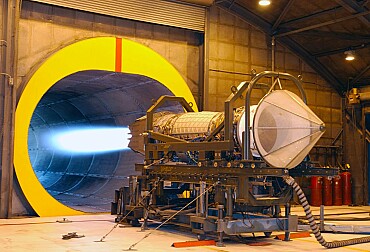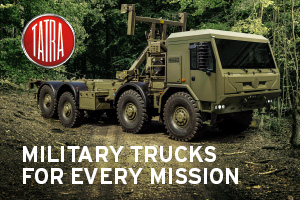Can the French Dassault Rafale serve as an alternative to the F-35?
The Rafale is a multi-role combat aircraft manufactured by the French company Dassault Aviation. Entering service in 2001, it equips the squadrons of the French Air and Space Force as well as the French Navy on board the Charles-de-Gaulle aircraft carrier. France currently has 149 Rafale fighter planes, divided between the two branches, with 234 ordered. With the deliveries completed, France is expected to operate 225 units: 185 within the Air and Space Force and 40 for the Navy.
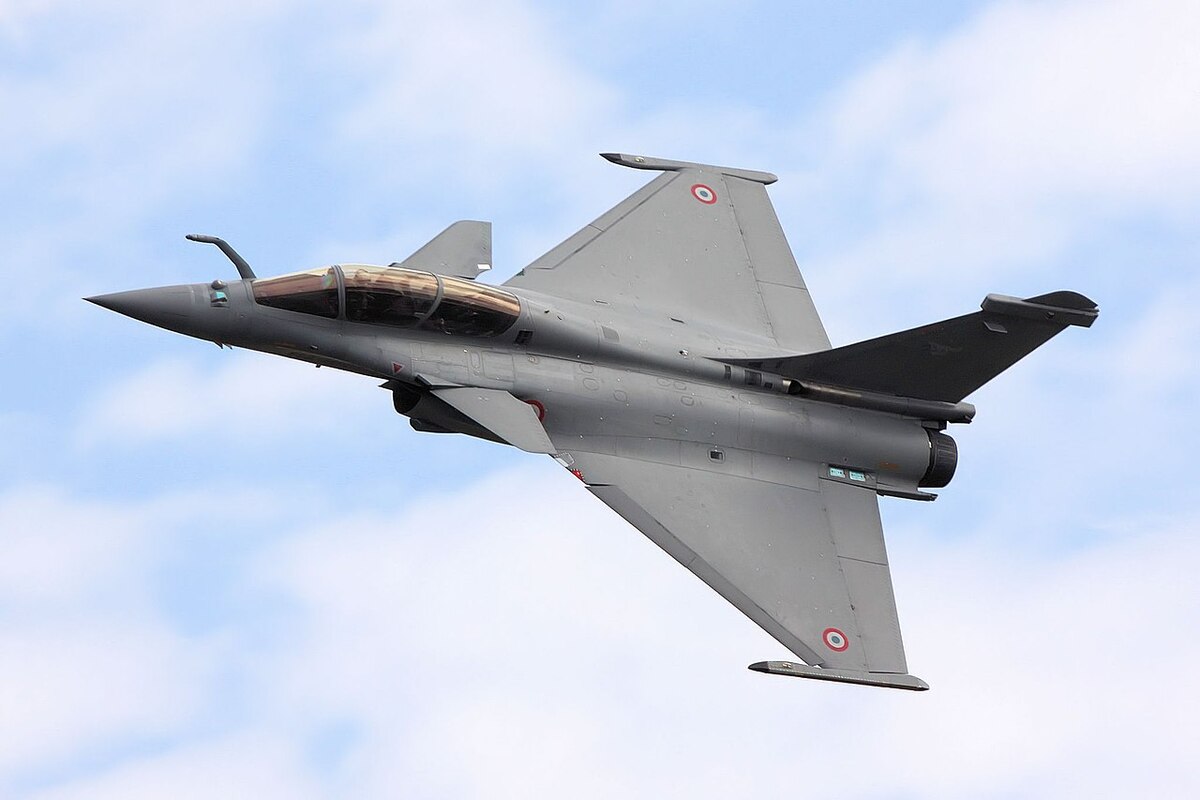
There were also several export contracts signed with Egypt (55 units), India (36 units), Qatar (36 units), Greece (24 units), Croatia (12 units), United Arab Emirates (80 units), Indonesia (42 units) and Serbia (12 units). There are three different types of Rafale: the Rafale C is a single-seater used only by the Air and Space Force, the Rafale B is a two-seater, and the Rafale M (Rafale Marine) is a single-seater aircraft built specifically for the aircraft carriers of the French Navy. Its landing gear is reinforced with titanium because it is subjected to greater stress during catapulting.
When land-based the Rafale Marine participates in airborne defence as part of the French permanent security posture. Used on board the aircraft carrier, the Rafale gives it excellent operational flexibility due to its ability to dock with a large quantity of unfired ammunition or fuel. Its range, operational safety (twin engines), stability during the approach phase and the fact that it can extract the aircraft, given its large oil reserve on landing, to a remote field in the event of technical difficulties or extreme weather conditions, leads to a tactical use of the Charles de Gaulle similar to that of its large American cousins.
F1 to F5 Standards
The F1 standard consists only of the first ten aircraft delivered. These were used by the French Navy in 2001 to replace the aging Crusaders. They only had air-to-air capabilities, and between 2014 and 2016, this fleet evolved to the F3 standard. The F2 standard was introduced in 2005. Compared to the F1s, the aircraft could carry Scalp cruise missiles, A2SM modular armament and Mica IR air-to-air missiles. Developments also included the L16 data link, IR and TV frontal sector optronics, a new human/machine interface, etc. The entire fleet has been upgraded to the F3 standard.
The F3, F3-O4T and F3-R standards have introduced new technologies. The stealth and reconnaissance capacity of enemy aircraft has increased, enabling the Rafale to match or even surpass its competitors. The main developments concern the increased range of the Thales RBE2 radar, a new infrared missile launch detector for the Spectra system, and new carrying capacity (Damocles pod, SCALP missile, ASMPA missile, etc.). The F3-R standard allows for the Thales Talios pod and the new METEOR missile to be carried. The F3 standard has been in service since 2009. The development phase of the F3-R began in 2014, with a gradual rollout since 2018.
The F4 standard is being delivered from 2023. The addition of artificial intelligence enables the RECO NG system to identify elements of interest itself. This major development enables information to be gathered directly, whereas an analyst currently takes an hour to process 10km² of terrain and the system is capable of photographing 3000km² in the same time. The areas for improvement cover also the defensive and offensive capabilities of the Rafale, carrying the one-tonne A2SM missile, sensor developments, and the M88 engines.
The new generation of Rafale F5 fighters will get hypersonic ASN4G nuclear missiles that will be capable of flying through any air defence at Mach 7. The Rafale F5 will be the first French fighter aircraft to integrate a stealth combat drone derived from the nEUROn program. The drone will operate alongside the aircraft, increasing its ability to penetrate heavily defended areas and provide advanced reconnaissance capabilities. The Rafale F5 will have the next-generation Thales RBE2 XG radar. It will improve detection and data fusion, ensuring optimum combat capabilities against advanced threats. These enhancements will enable the French Strategic Air Force (FAS) to operate in increasingly dangerous environments while maintaining resilience against advanced air defence systems.
Rafale’s armaments
The Nexter DEFA 30M 791B internal cannon has a calibre of 30 mm and weighs 125 kg. It contains 125 rounds of the OPIT (obus perforant incendiaire traçant) type and has a rate of fire of 2500 round per minute (i.e. three seconds of firing). The aircraft can carry up to 9.5 tonnes of external armaments and numerous types of missiles or bombs can be transported, depending on the mission. The MICA missile (Missile d’Interception, de Combat et d’Autodéfense) made by MBDA is an air-to-air missile with a medium range (80 km) or a short range self-defence missile. It is equipped with electromagnetic guidance (MICA-EM) or infrared guidance (MICA-IR). The MICA has several firing modes, in particular with an aircraft-missile link. This LAM mode uses a specific frequency to update target data during flight. The LAM can thus guide four missiles simultaneously until each of them autonomously locks onto the target using a homing system. Rafale can also guide the missiles of another Rafale by sharing the information.
The METEOR missile from MBDA is a long-range (over 150 km) air-to-air missile. It has third-generation inertial and radar guidance. METEOR is used to neutralise high-value targets at a distance of over 100 km, such as tankers or radar planes.
Rafale’s primary air-to-surface weapons are a laser-guided bombs. It weighs between 250kg and 1000kg depending on the model and can be directed by a Paveway guidance kit or by an AASM module (modular air-to-ground weapon) added to the body of the bomb. The target is indicated by a soldier on the ground equipped with a laser designation system, or by a designation pod carried either by the firing aircraft or by another aircraft.
The SCALP-EG cruise missile (Système de croisière conventionnel autonome à longue portée et d’emploi général, or Autonomous Long-Range Conventional Cruise System for General Use) is an air-to-surface missile with an official range of 250 km, but a maximum effective range of 560 km. It has autonomous inertial and infrared guidance. Once the SCALP has been released, the target cannot be changed, and the missile has no means of being controlled or self-destructed. However, it is equipped with an infrared camera and, if it does not identify its target and there is a risk of collateral damage, it can change its trajectory to crash in a nearby deserted area.
Dassault Aviation plans to produce five Rafales per month
On 18 March, Emmanuel Macron announced that he wanted to increase orders for Rafale aircraft from Dassault Aviation as part of the national rearmament programme. And Dassault is ready. This was confirmed by its CEO, Eric Trappier, on 21 March: „Since the war economy was strengthened some time ago, we anticipated this demand. We delivered one aircraft per month in 2020, 21 in 2024, and we are already producing three per month in our upstream factories.“ The Dassault factories in Gironde have increased their rate to the point where they are able to deliver three aircraft per month. „We are in the process of moving to a fourth production line within the next two years and I am looking into moving to a fifth line if the need arises,“ Eric Trappier added.
More and more questions are being asked as to whether expensive purchases of high-end American weaponry, such as the F-35 Joint Strike Fighter, are still a wise strategic choice for Western countries concerned about their investment in American defence technology. Beyond their strengths and weaknesses, choosing one aircraft over the other often depends on strategic, economic and political considerations. The F-35 offers integration into the US military ecosystem and cutting-edge technological capabilities, while the Rafale offers a more autonomous, versatile and probably more economical solution in the long term. „Those who buy Patriot systems should be offered the Franco-Italian new-generation SAMP/T air defense system. Those who buy the F-35 should be offered the Rafale,“ the French president Emmanuel Macron said recently.





